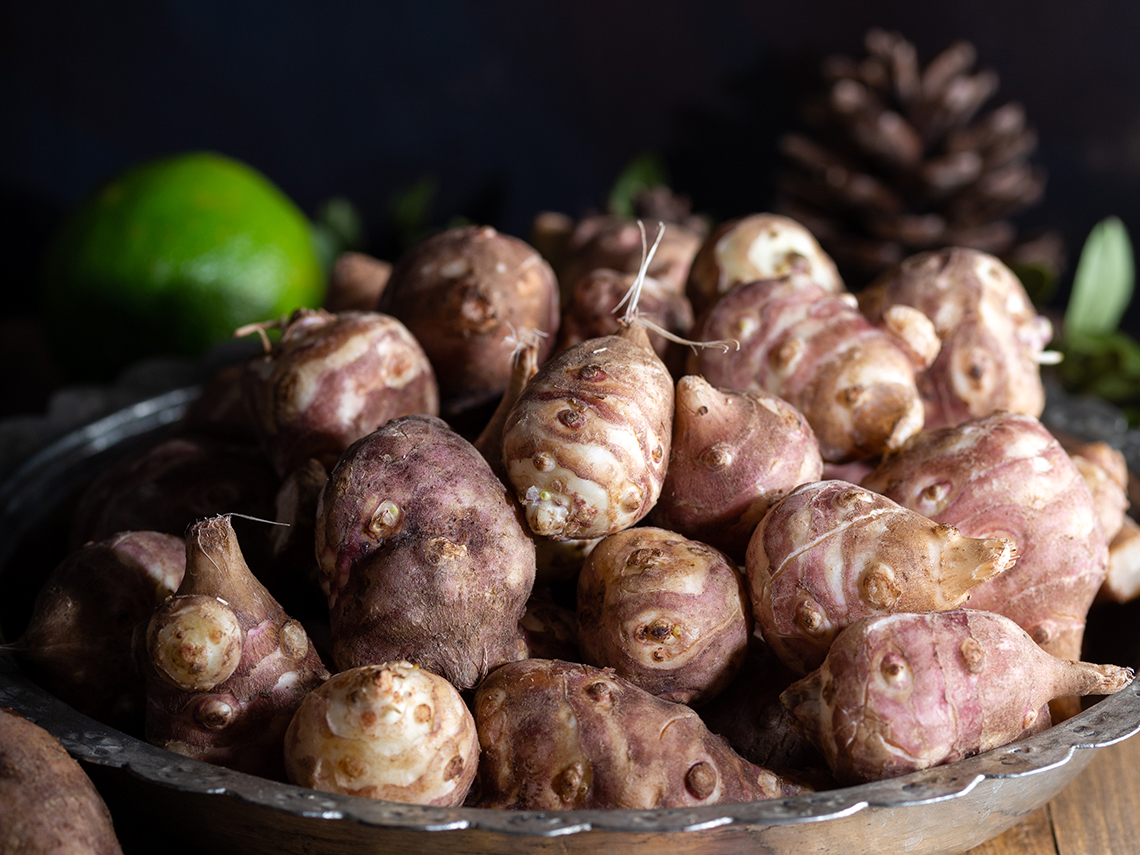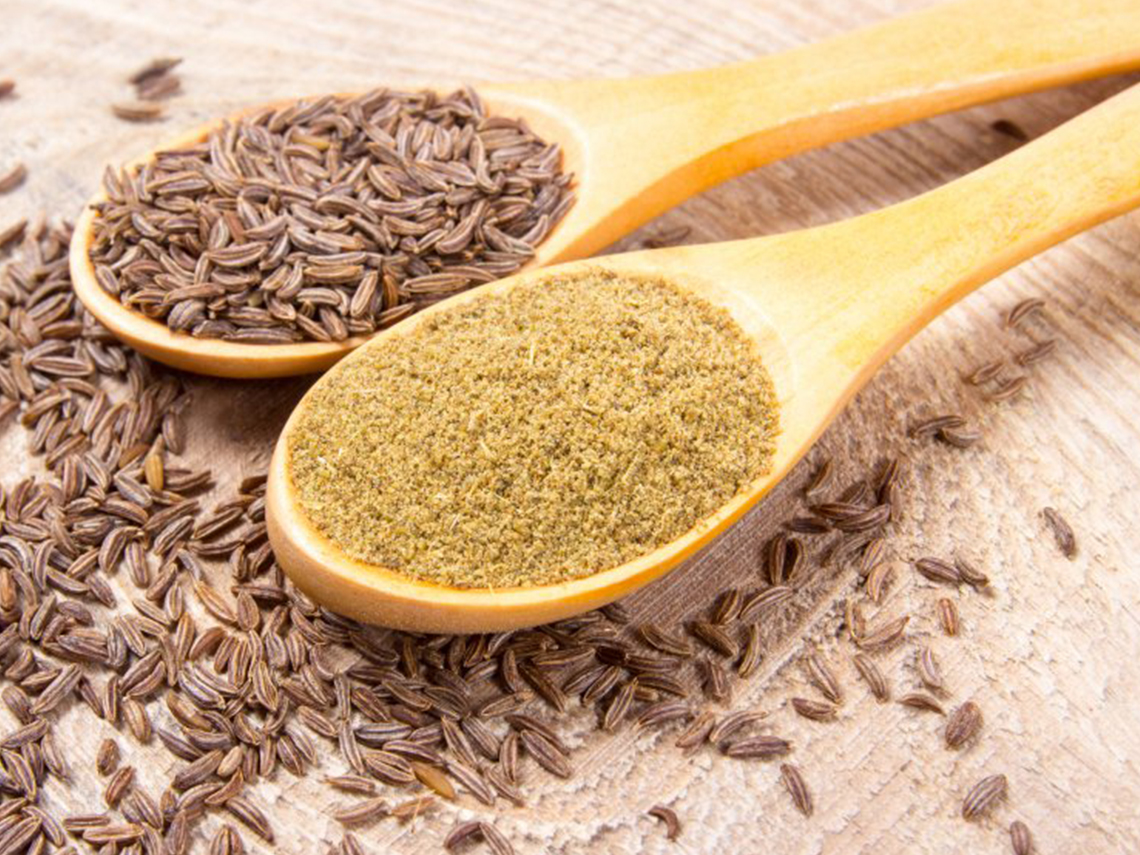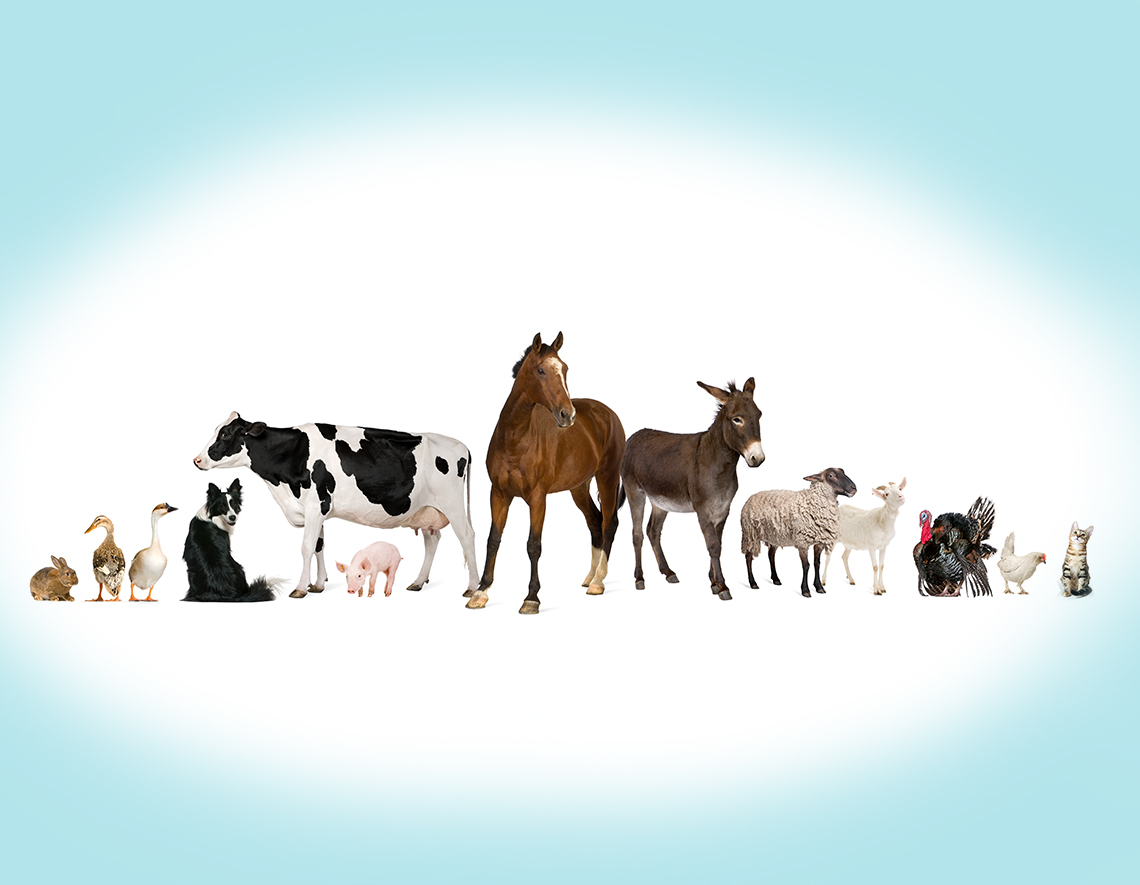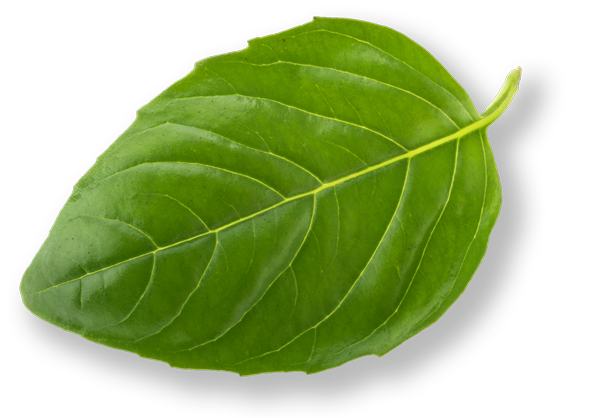
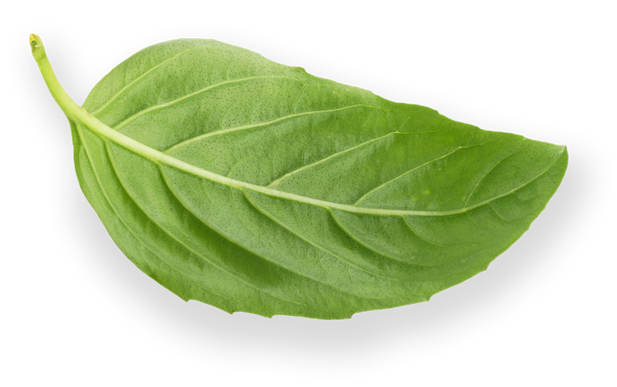
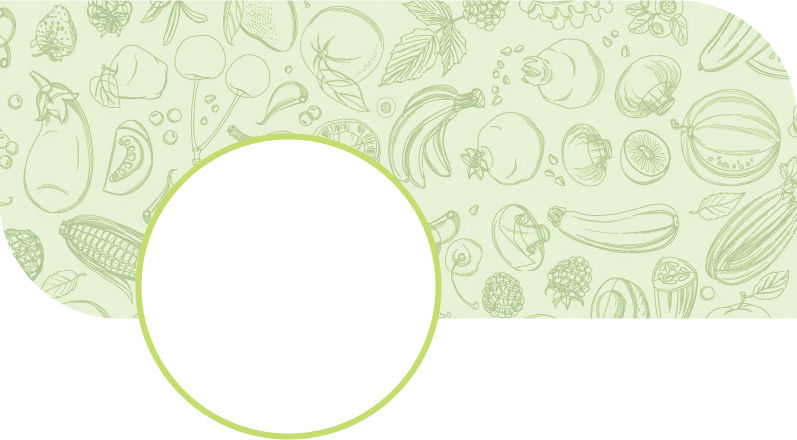
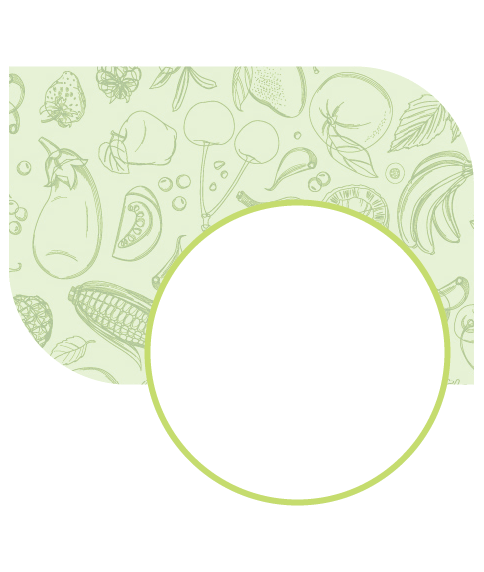
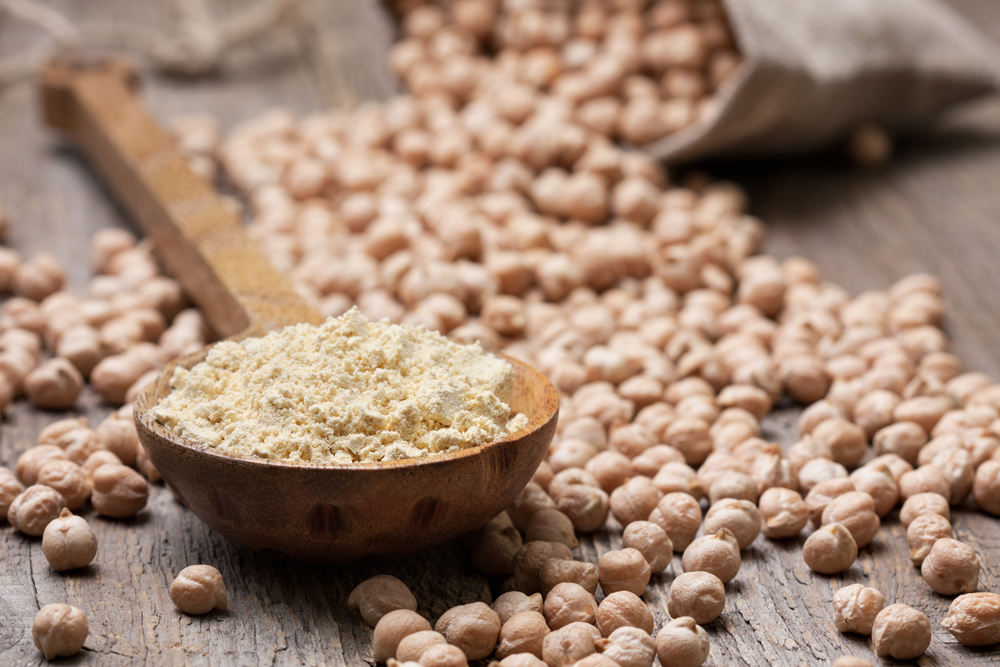
Chichpea
April 27 2021,
Alenka Mestek
|
Nutrition Facts |
|
| Serving size | 100 g |
| Amount per serving | |
| Calories |
210 |
| % Daily Value* | |
| Total Fat 8,9g | 11 % |
| Saturated Fat 1,1g | 6 % |
| Sodium 222mg | 10 % |
| Total Carbohydrate 25g | 9 % |
| Dietary Fiber 7,1g | 25 % |
| Sugar 4,5g | |
| Protein 8,2g | 16 % |
| Vitamin D 0,00mcg | 0 % |
| Calcium 46.00mg | 4 % |
| Iron 2,70mg | 15 % |
| Potassium 270mg | 6 % |
| * The % Daily Value (DV) tells you how much a nutrient in a serving of food contribute to a daily diet. 2,000 calories a day is used for general nutrition advice.
**Source: www.nutritionvalue.org |
|
CHICORY OR CHICKPEA. Its fruits are rich in protein. It is one of the oldest legumes.
Chickpeas originate from Asia, but today they are mostly grown and used in Mexico, India, Spain and the Middle East, where they are among the staple foods. It grows as a legume in short pods with one to three seeds that are slightly larger than a pea. The wrinkled, unevenly round seeds are yellow and have a distinctly nutty taste.
Dry grains contain up to 25% protein, a lot of minerals (calcium, iron, magnesium, potassium and phosphorus), 50 to 60% carbohydrates and about 5% fat.
A portion of chickpeas will enrich your body with vitamins A, B1, B2, B3, C, D, E.
Chickpeas are a very healthy food:
- They cleanse the digestive tract and stimulate kidney function (they drain water from the body).
- Due to its high protein content, it helps prevent cardiovascular disease.
- According to the results of some research, it even prevents the development of diabetes.
- Chickpeas does not contain harmful cholesterol, but even helps lower it.
- They not only benefit the heart by lowering cholesterol, but also if we take the right amount of folic acid into the body, we can reduce the likelihood of a heart attack by 10%.
- A cup of cooked chickpeas supplies the body with as much as 70% of the recommended daily amount of folic acid.
- In addition to all the above, chickpeas also contain a lot of fiber and have a low glycemic index, so they saturate and fill us with energy for a long time.
Due to its high protein content, chickpeas are an excellent meat substitute and are often used in a vegetarian, vegan diet.
How to prepare and eat chickpeas
You can buy them dried in a bag like beans and then soak them in water and boil them. Or you can buy them canned. Either way, they’re delicious and nutritious.
Hummus. Chickpeas are the main ingredient in hummus, a delicious dip that also calls for tahini, lemon juice, and garlic.
Soups and salads. Toss whole chickpeas onto any salad, soup, or stew.
As a snack. Spread a layer of chickpeas on a baking sheet. Add your favorite seasonings and roast them until they’re golden and crunchy.
Vegan cooking. Vegans love aquafaba, the liquid from canned chickpeas. It has similar properties to egg whites, and you can use it as an egg substitute.
Photo credits:
iStockphoto

